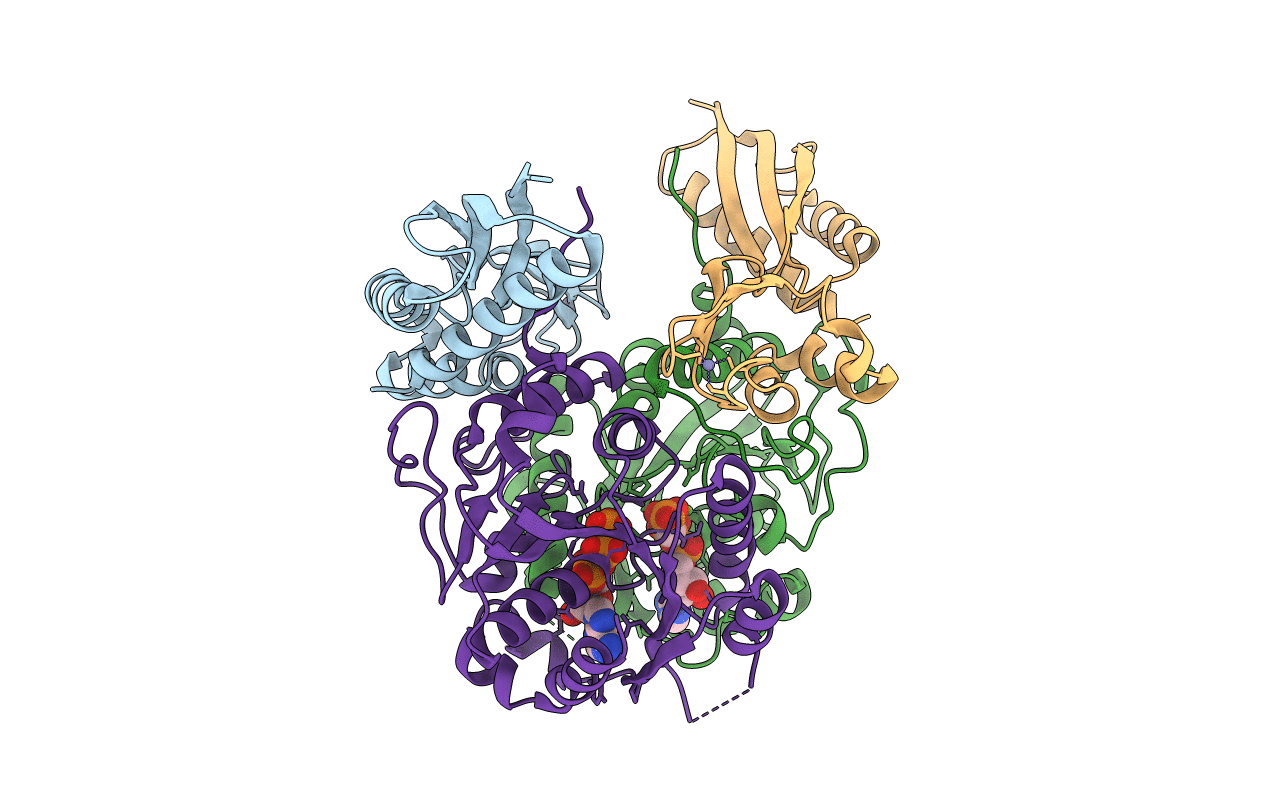
Deposition Date
2015-05-27
Release Date
2015-06-24
Last Version Date
2023-11-08
Entry Detail
PDB ID:
5AUP
Keywords:
Title:
Crystal structure of the HypAB complex
Biological Source:
Source Organism:
Host Organism:
Method Details:
Experimental Method:
Resolution:
3.10 Å
R-Value Free:
0.23
R-Value Work:
0.19
R-Value Observed:
0.19
Space Group:
P 21 21 2


